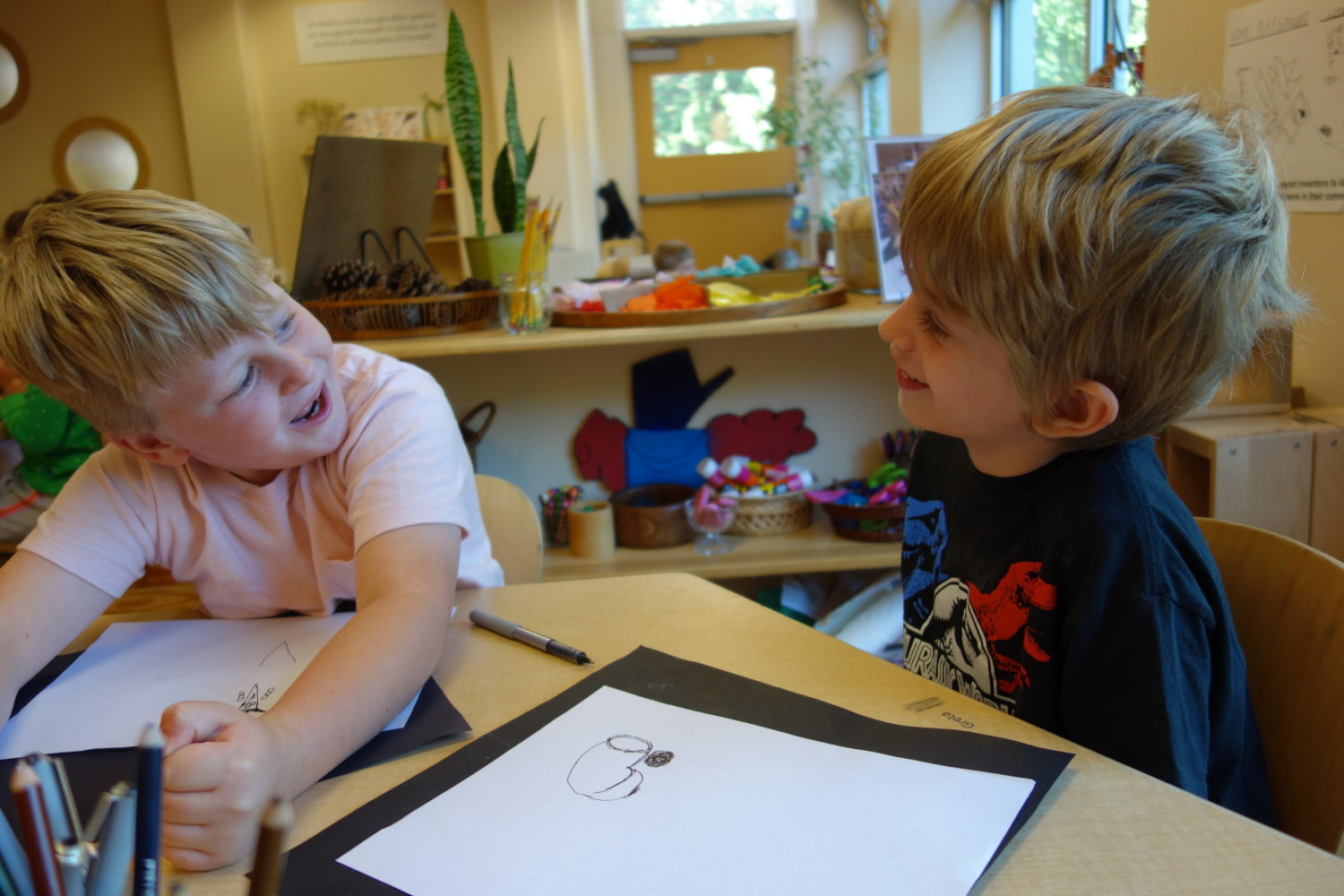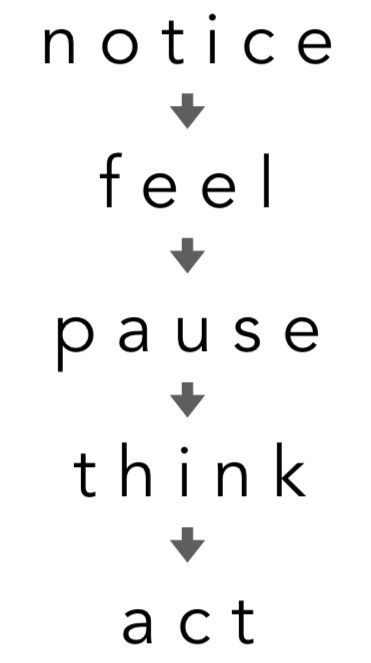Unpacking Compassion

“Empathy is a gateway to compassion. It’s understanding how someone feels, and trying to imagine how that might feel for you — it’s a mode of relating. Compassion takes it further. It’s feeling what that person is feeling, holding it, accepting it, and taking some kind of action.”
– Lori Chandler
My colleagues and I use the word empathy at Opal School a lot. It’s a word that lives within our goals and expectations for all Opal School students. But compassion isn’t one that gets used as much around here. The explanation Lori Chandler gives about the difference between the two seemed to me to have strong connections to the intentions that the Primary Team set this year, particularly to our questions about agency and seeking change. Thinking about those connections got me really curious about what the implications for my work might be if I spent time cracking open the word compassion. And typically, when I’m really curious about something, I take it to the best researchers I know: the children.
In the Dogwood community of first- and second-graders, the children had been reading The Invisible Boy and thinking about what it means to be visible within a community. As they began sharing stories about a time they supported someone else to feel visible, it seemed like they were really talking about compassion. We named what they were doing in those stories as compassion and asked more questions as they continued to engage in dialogue around the ways in which that idea was showing up in the books we read and in the stories living inside our classroom.
After the children had begun to share stories and identify the elements of compassion from their own experiences, I asked them to describe to me again what they thought that word meant.
Kerry: What does the word compassion mean to you?
Zayden: It means you feel something for someone. Sometimes if somebody did something to someone, you might feel something for them, like happy or sad.
Savannah: And so if you felt, “oh, I wanna help this person,” then you can do something to help.
Kerry: So, I’m hearing you say there are two parts. First you notice and feel something and then you act?
Many: Yeah
Layla: No. I think there’s more. I would add pause. Because once I notice, I have to think about what I’m going to do.

What stands out to me in this exchange is the way this group of children built upon their experiences with this new word to co-construct a new framework to view the world through. As teachers and children engage in dialogue together we are collectively growing our understanding of the word compassion and what it takes to act compassionately. This framework isn’t something that I could have invented on my own, nor is it something one of the children could have invented on their own. This kind of collaboration – one that happens through dialogue and exchange – opens doors to unimagined possibilities that none of us could get through by ourselves. We need each other.
I’m not yet sure how this framework for compassion will grow and influence our work moving forward, but I am sure that it will…and that in that process we will build something more beautiful together.
Reader, what new words and ideas are you and your communities cracking open together? What doors of possibility are those words and ideas opening?

In our community, we’re at the point in our research where we feel like it might be time to crack open the word TREASURE. What makes something a treasure? What is a treasure to you? Can something be a treasure to you, but not someone else? Why are the treasures we collect/find so important? How do the treasures we love and share connect us to one another?
Just a few questions we’re thinking about… 😉